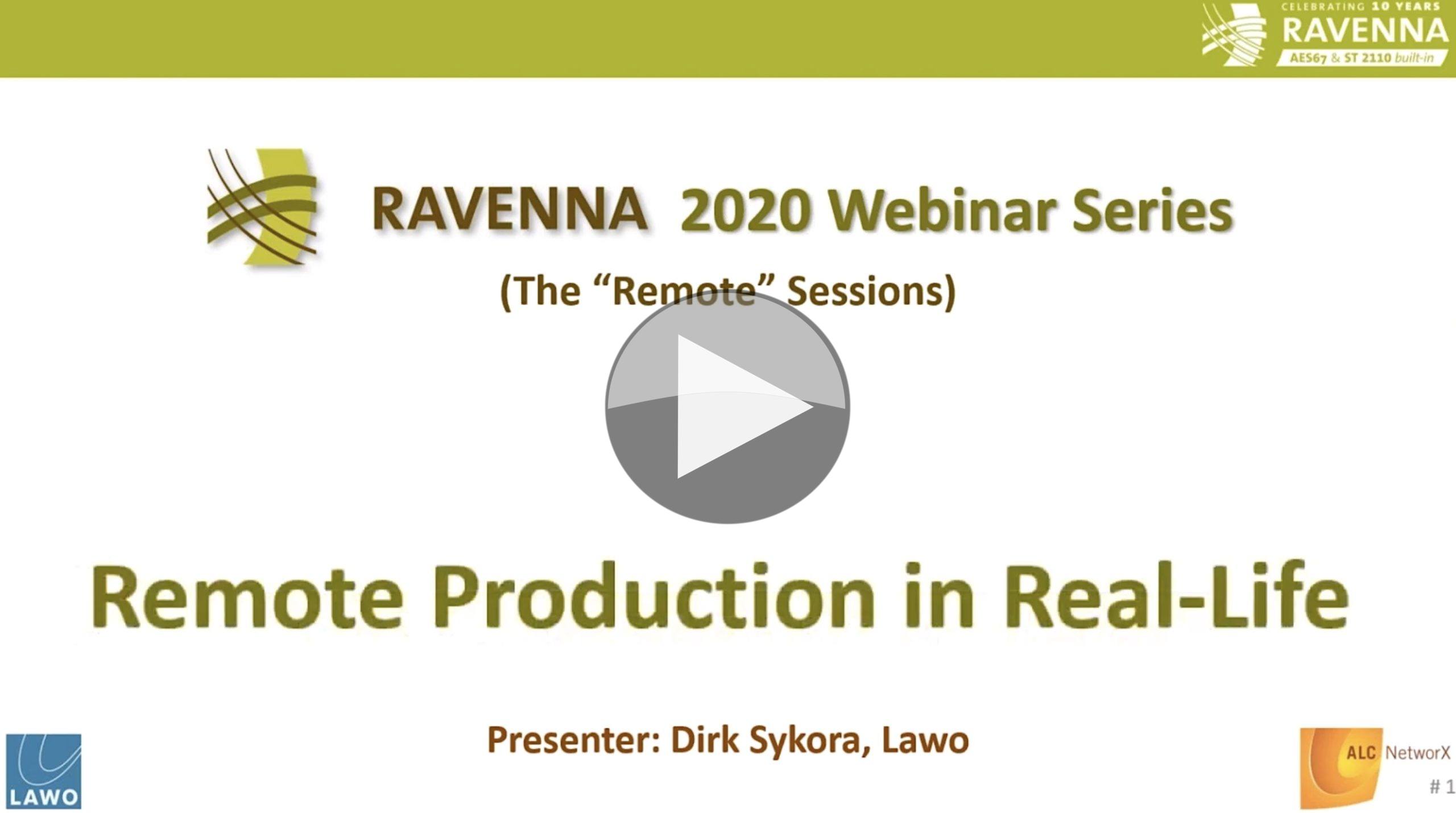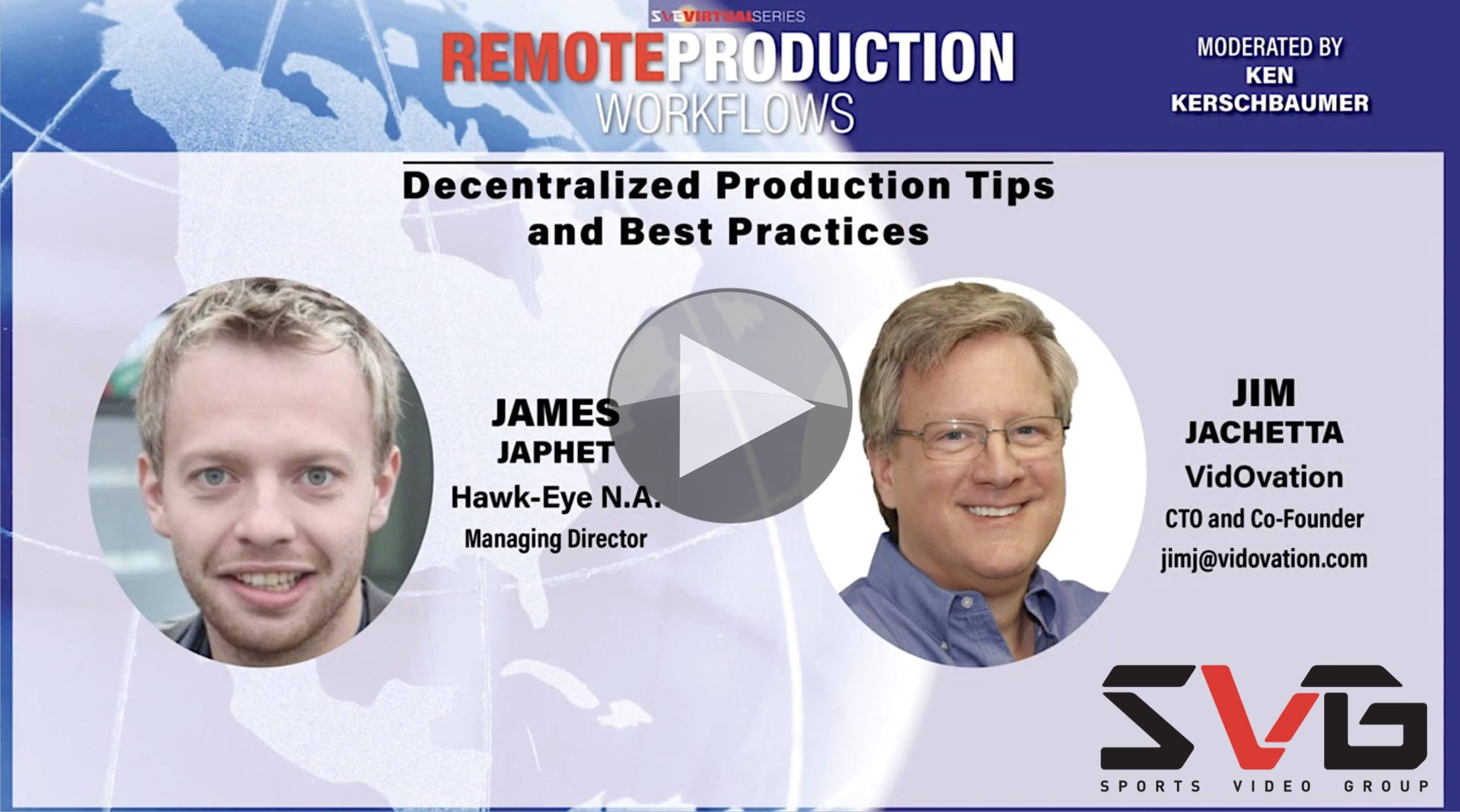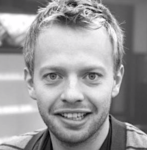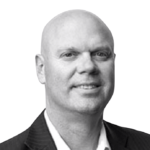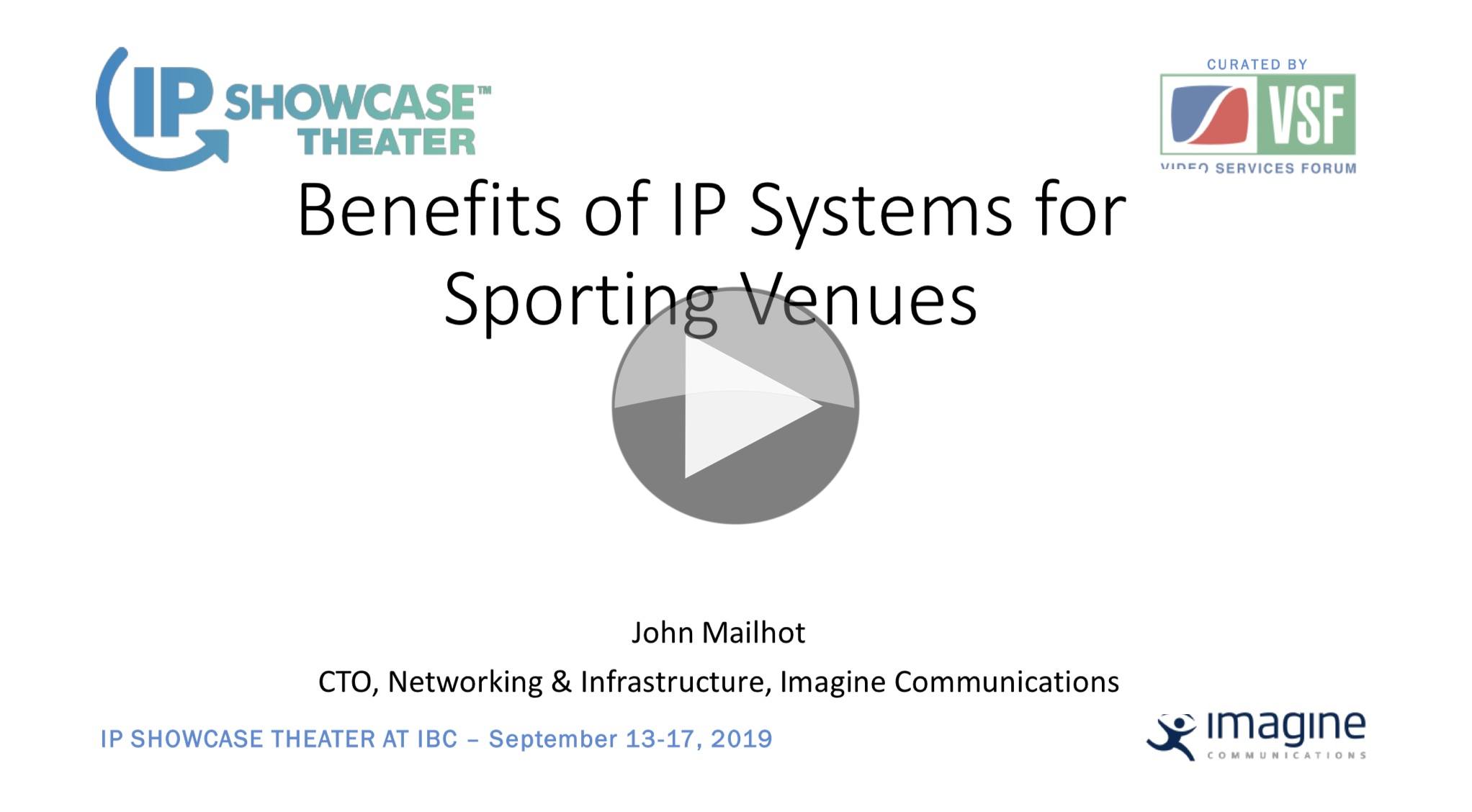
How’s sports streaming changing as the pandemic continues? Esports has the edge on physical sports as it allows people to compete from diverse locations. But both physical and esports benefit from bringing people into one place and getting the fans to see the players.
This panel from Streaming Media, moderated by Jeff Jacobs, looks at how producers, publishers, streamers and distributors reacted to 2020 and where they’re positioning themselves to be ahead in 2021. The panel opens by looking at the tools and the preferred workflows. There are so many ways to do remote production. Sam Asfahani from OS Studios, explained how they had already adopted some remote workflows to keep costs down but he has been impressed at the number of innovations released which help improve remote production. He explains they have a physical NDI Control room where they also use VMix for contribution. The changed workflows during the pandemic have convinced them that the second control room they were planning to build should now be in the cloud.
Aaron Nagler from Cheesehead TV discussed the way he’s stopped flying to watch games and has changed to watching syncronised using LiveX Director with his co-presenter. Within a few milliseconds, he is seeing the same footage so they can both present and comment in real-time. Intriguingly, Tyler Champley from Poker Central explains that, for them, remote production hasn’t been needed since the tournaments have been canceled and they use their studio facilities. Their biggest issue is that their players need to be in the same room to play the game, close to each other and without masks.
The panel discusses what will stick after the pandemic. Sam makes the point that he’s gone from paying $20,000 for a star to stay overnight and be part of the show. The pandemic has made it so that sports stars are happy to be paid $5,000 for the two hours on a programme without having to leave their house and the show saves money too. He feels this will continue to be an option on an on-going basis, though the panel notes that technical capability is limited with contributors, even top dollar talent without anyone else there to help. Tyler says that his studio has been more in demand during Covid so his team has become better at tear-downs to accommodate multiple uses. And lastly, the panel makes the point that hybrid programme making models are going to continue.
After some questions from the audience, the panel comments on future strategies. Sean Gardner from Xilinx talks about the need and arrival of newer codecs such as AV1 and LCEVC can help do deliver lower bitrates and/or lower latency. Aaron mentions that he’s seen ways of gamifying the streams which he hasn’t used before which helps with monetising. And Sam leaves us with the thought that game APIs can help create fantastic productions when they’re done well, but he sees an even better future where APIs allow information to be fed back into the game which will be able to create a two-way event between the fans and the game.
Watch now!
Speakers
 |
Moderator:Jeff Jacobs Executive Vice President & General Manager, VENN |
 |
Aaron Nagler Co-Founder, Cheesehead TV |
 |
Sam Asfahani CEO, OS Studios |
 |
Sean Gardner Snr Manager, Market Development & Strategy, Cloud Video, Xilinx |
 |
Tyler Champley VP Marketing & Audience Development, Poker Central |

